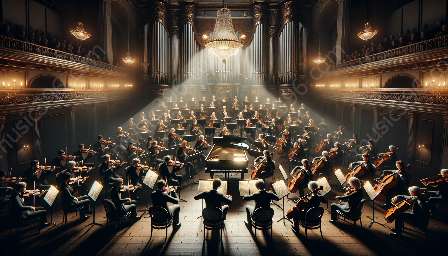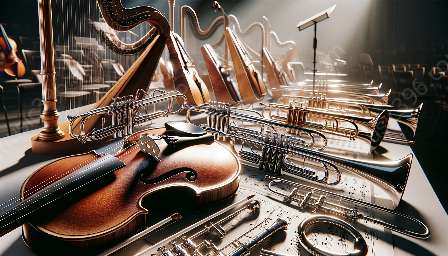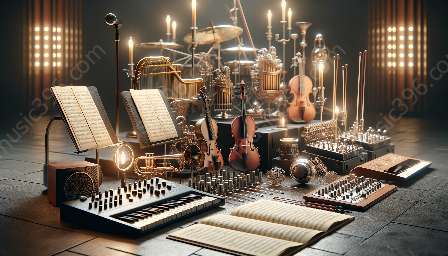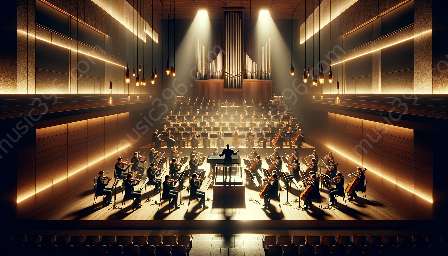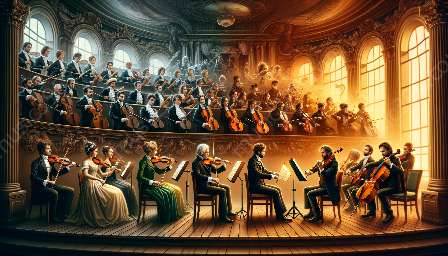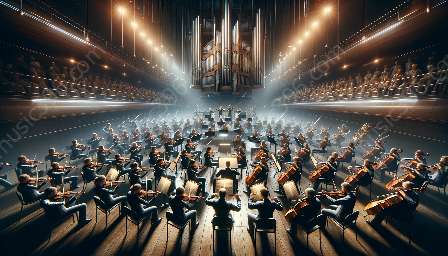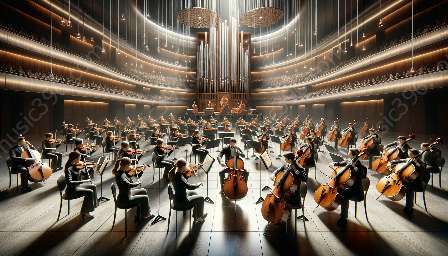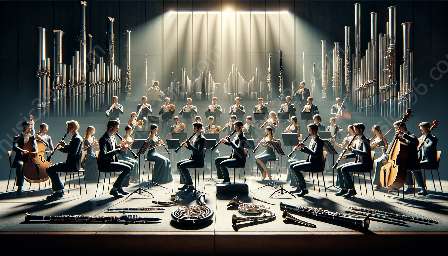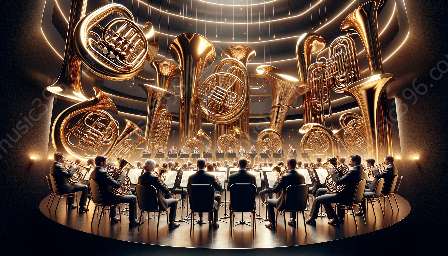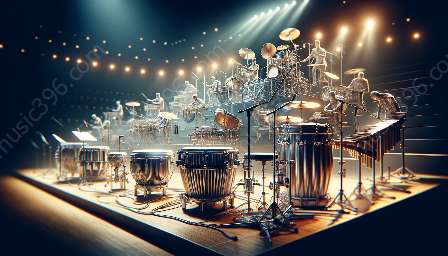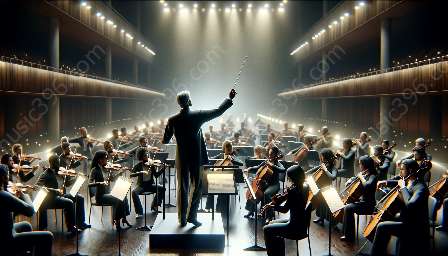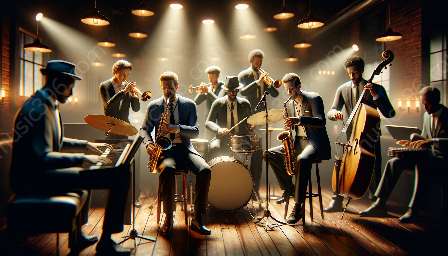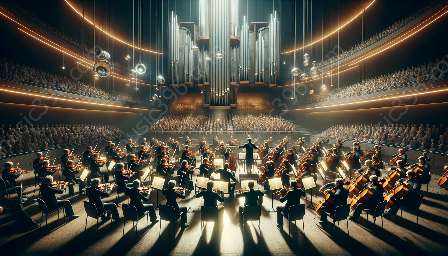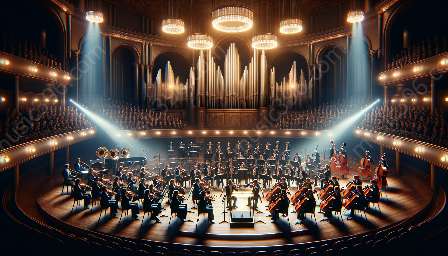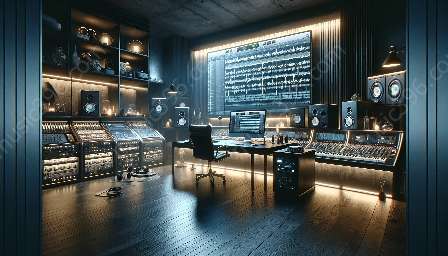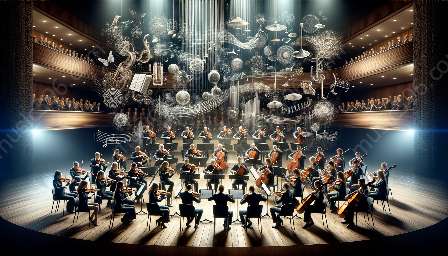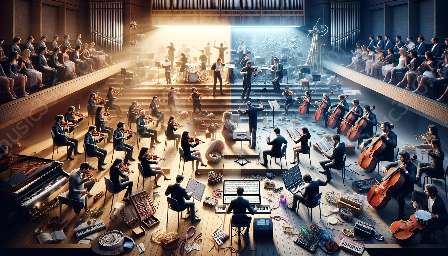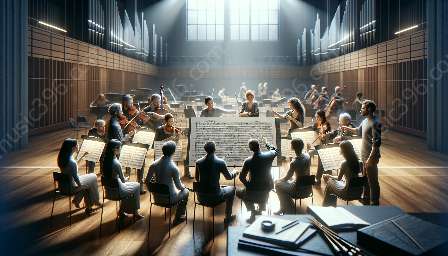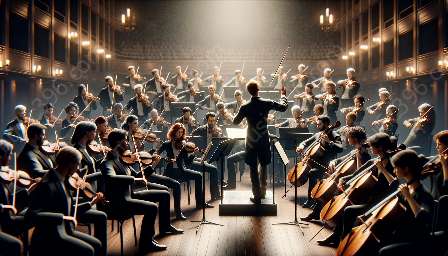Understanding the intricacies of writing for different sections of the orchestra is an essential skill for composers and orchestrators. This topic cluster delves into the art and science of creating music that is tailored to the unique characteristics and capabilities of each section of the orchestra. From orchestral composition and notation to orchestration, this comprehensive guide explores various techniques and strategies that can help composers and orchestrators effectively write for different sections of the orchestra.
Orchestral Composition and Notation
One of the fundamental aspects of writing for different sections of the orchestra is understanding orchestral composition and notation. Composers need to have a thorough understanding of musical notation, including clefs, key signatures, time signatures, and orchestral instruments' ranges, timbres, and capabilities. Additionally, composers must be familiar with various compositional techniques, such as harmony, counterpoint, and orchestration.
When writing for different sections of the orchestra, composers must consider how to effectively notate their musical ideas to convey specific instructions to each section. This includes understanding the layout of the orchestral score, knowing how to notate dynamics, articulations, and phrasing, and using specialized notation techniques for specific instruments.
Orchestration
Orchestration is the art of arranging and assigning musical ideas to different instruments or sections of the orchestra. It involves understanding the unique timbral qualities, technical capabilities, and idiomatic characteristics of each instrument and how they blend and interact within the orchestra. To effectively write for different sections of the orchestra, composers must possess a deep knowledge of orchestration techniques and principles.
Composers must consider the orchestration of different musical elements, including melody, harmony, rhythm, and texture, across various sections of the orchestra. This involves making decisions about which instruments or sections will carry the melodic lines, provide harmonic support, create rhythmic interest, and contribute to the overall sonic palette. Understanding the range, register, and expressive capabilities of each instrument is crucial in effective orchestration.
Writing for String Section
Composing for the string section requires a nuanced understanding of the unique characteristics and capabilities of string instruments, including the violin, viola, cello, and double bass. Composers must consider the range, timbre, and expressive potential of these instruments when writing melodic lines, harmonic textures, and rhythmic patterns. Additionally, composers must be able to effectively utilize string-specific techniques, such as pizzicato, tremolo, and various bowing articulations, to create expressive and idiomatic string parts.
Writing for Woodwind Section
The woodwind section offers a wide range of timbres and expressive possibilities, including the flute, oboe, clarinet, and bassoon. Composers must understand the diverse tonal qualities and technical capabilities of these instruments when writing for the woodwind section. Utilizing appropriate fingerings, breath control, and articulations, composers can create intricate and evocative woodwind passages that highlight the section's unique characteristics.
Writing for Brass Section
Composing for the brass section involves harnessing the powerful and majestic sound of brass instruments, such as the trumpet, french horn, trombone, and tuba. Understanding the range, dynamic capabilities, and timbral richness of brass instruments is essential for creating impactful and resonant brass parts. Composers must consider the unique capabilities of each brass instrument and effectively employ techniques such as mutes, fanfares, and brassy harmonies within the brass section.
Writing for Percussion Section
The percussion section provides a diverse array of instruments, including snare drum, bass drum, cymbals, timpani, and various auxiliary percussion instruments. Composers must understand the rhythmic and textural possibilities of percussion instruments and the ensemble's overall sonic impact. Utilizing a variety of playing techniques and considering the spatial placement of percussion instruments, composers can create compelling and rhythmically dynamic percussion parts.
By exploring the art of writing for different sections of the orchestra, composers and orchestrators can enhance their skills and create music that effectively utilizes the unique characteristics and capabilities of each orchestral section. From understanding orchestral composition and notation to mastering orchestration techniques, this comprehensive guide provides invaluable insights into the craft of writing for diverse sections of the orchestra.

